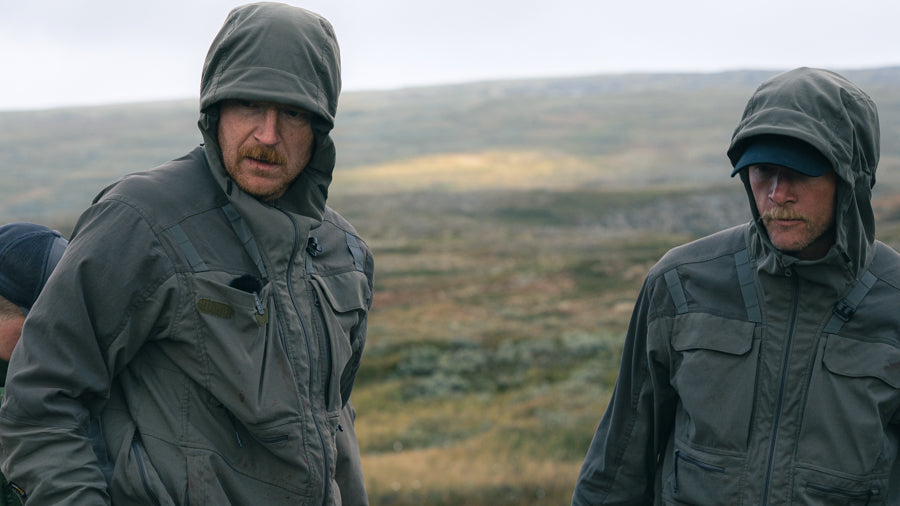
Lynx hunting - hunting methods and challenges.
The lynx hunt is normally conducted either with a dog or with a person who follows the trail. In both cases, pass shooters are usually used that are in relation to places that the lynx usually pass. Depending on where in the country the lynx is hunted, the dog or the persecuting person is faced with different challenges in the lynx track. In the southern part of the country, the lack of snow is a factor that makes lynx hunting more difficult. If you have one or more dogs that are trained for lynx hunting, it offers a great opportunity to succeed as it follows the trail even on bare ground. Inland, the amount of snow is an aggravating factor. The lynx is a fairly light animal with large paws, which means that it very rarely sinks deep in some snow conditions. As a result, the dog or the persecuting person can rarely get close to the lynx as they always sink deeper and walk heavier. If the lynx is not heavy (over 22 kg), it almost always floats on the snow and has an advantage over the pursuer.
About the lynx
A lynx has a relatively small lung capacity. The lynx can walk all day but is unable to run fast distances longer than 1km. If the lynx stops, it likes to front its pursuer on the ground, ie tries to scare the dog. If this does not succeed, there will often be a bald spot on the ground or the lynx will climb trees. A good piece of advice is to be prepared for the fact that lynx are incredibly difficult to spot in trees, despite their size. 
Note the lynx high up in the image.
It is unusual for lynx over 20 kg live weight to "wood", these prefer to take the fight on the ground.
In steep terrain, the lynx is always the winner as they can jump and climb in places where neither humans nor dogs go. It is in connection with these steep rock walls that it can often be worthwhile to place a pass shooter who oversees the rock wall.
Dog Types Used
You can actually use most dog types for lynx hunting (spitz dogs, dusters, offensive dogs) as long as they drive and / or chase lynx. However, you earn a lot if the dog stops at trees if the lynx "trees". If the dog leaves the tree that the lynx has climbed in, many times the lynx climbs down with the same as the dog is out of sight.If the dog is slow in its pursuit (4-10 km / h), there are usually long, narrowly curved gears that prefer to curve in dense forest or steep mountain areas. If the dog wakes up on a blow and (ie barks in the track before the lynx is out of the daily routine) walks slowly, it is usually a very good and exciting drive.
If the dog is of the fast-running type (14-25 km / h), the gear more often goes straighter and stops fairly quickly where the lynx fronts on the ground or goes up trees. In addition, if the dog does not wake up and walk fast when the lynx is out of its daily routine, it usually results in the animal stopping. To have any chance of success in lynx hunting where the snow depth is real, I recommend the dog type of this kind.





Leave a comment (all fields required)